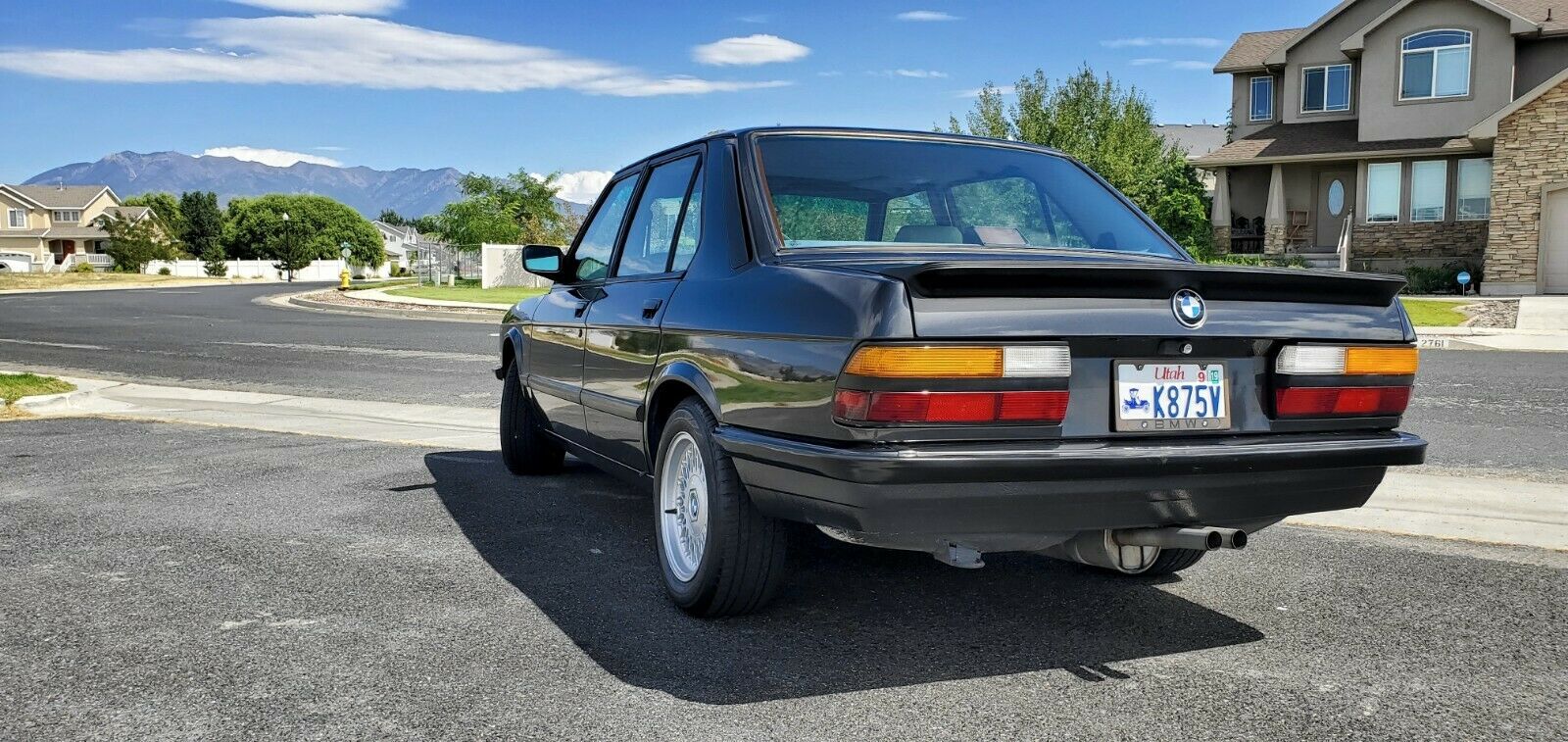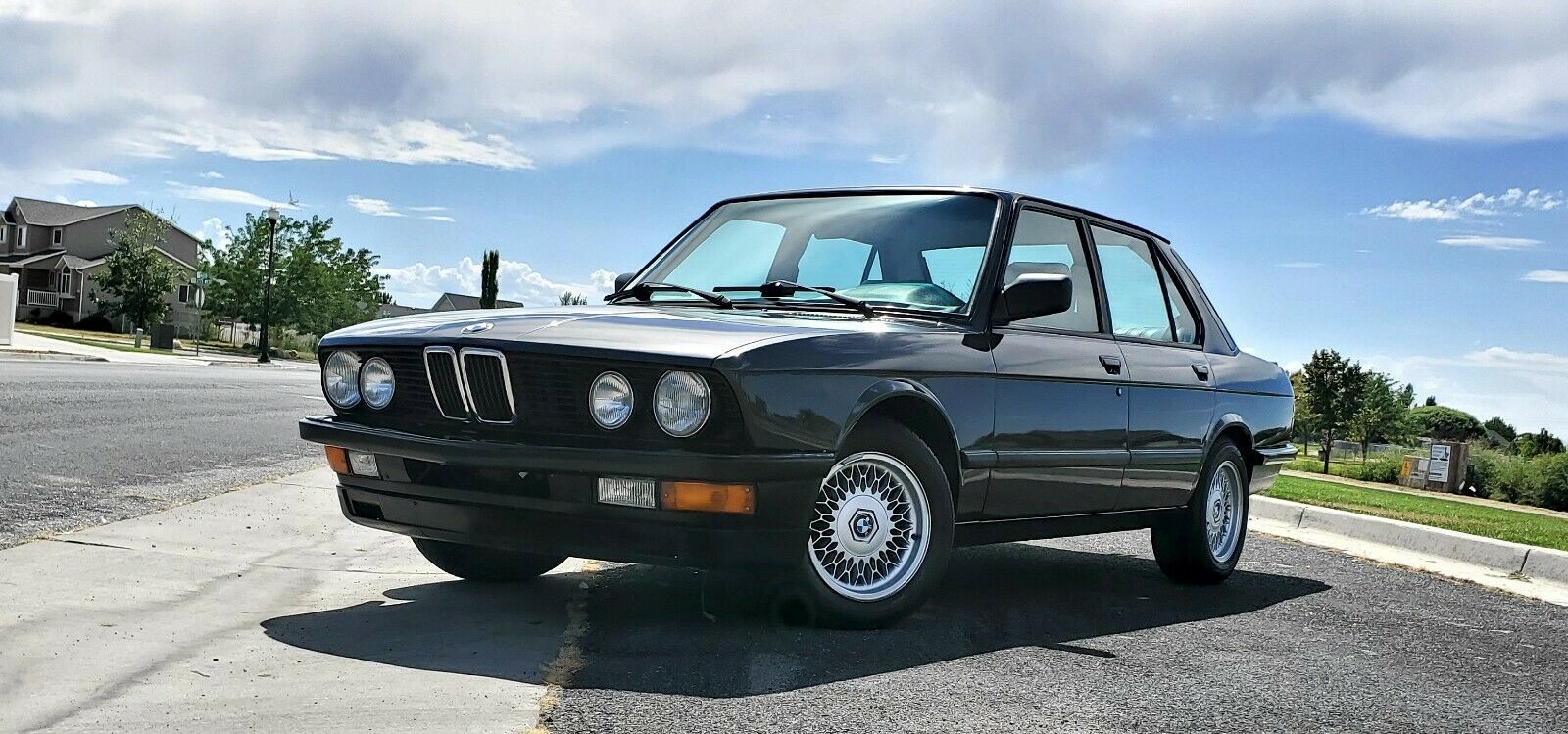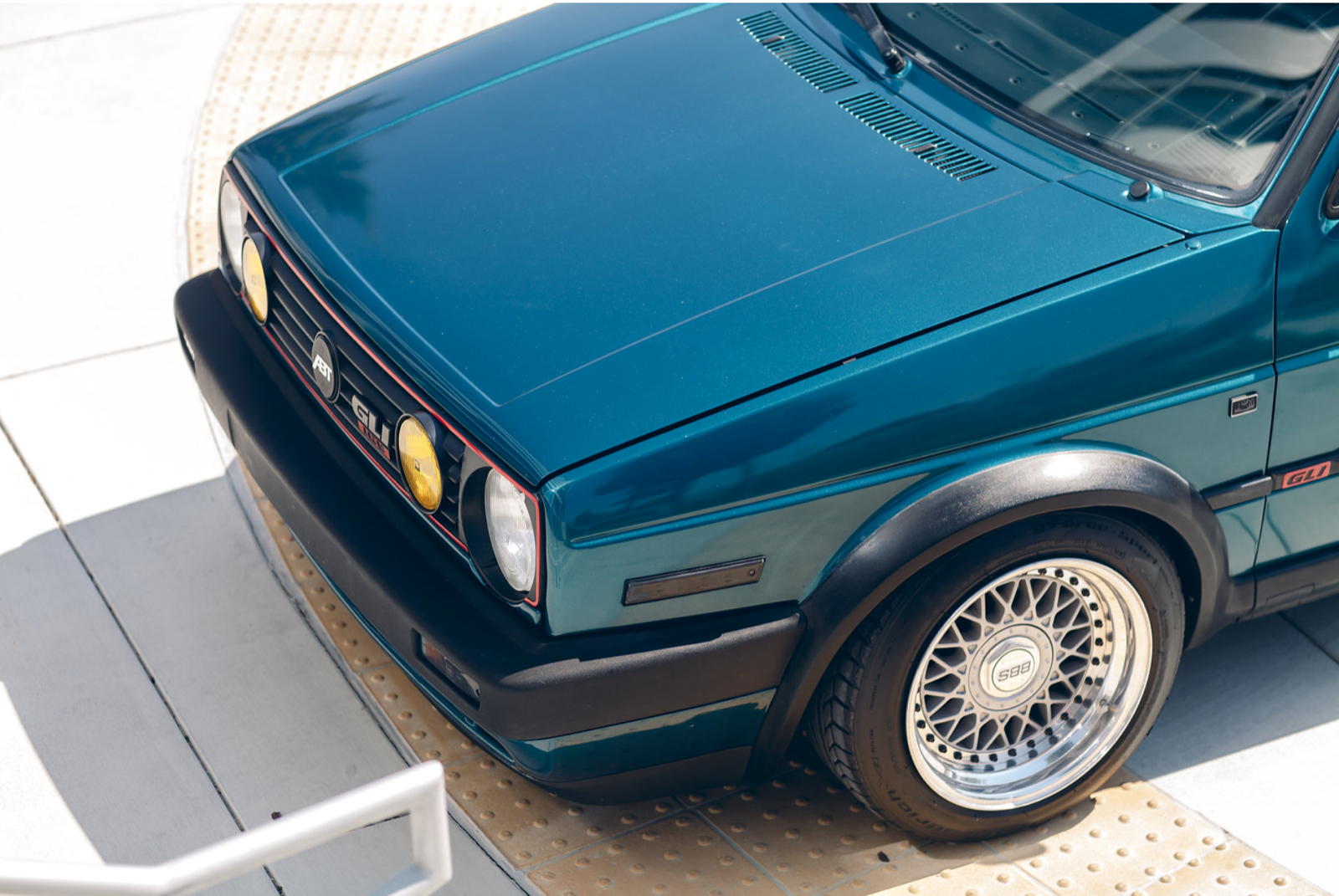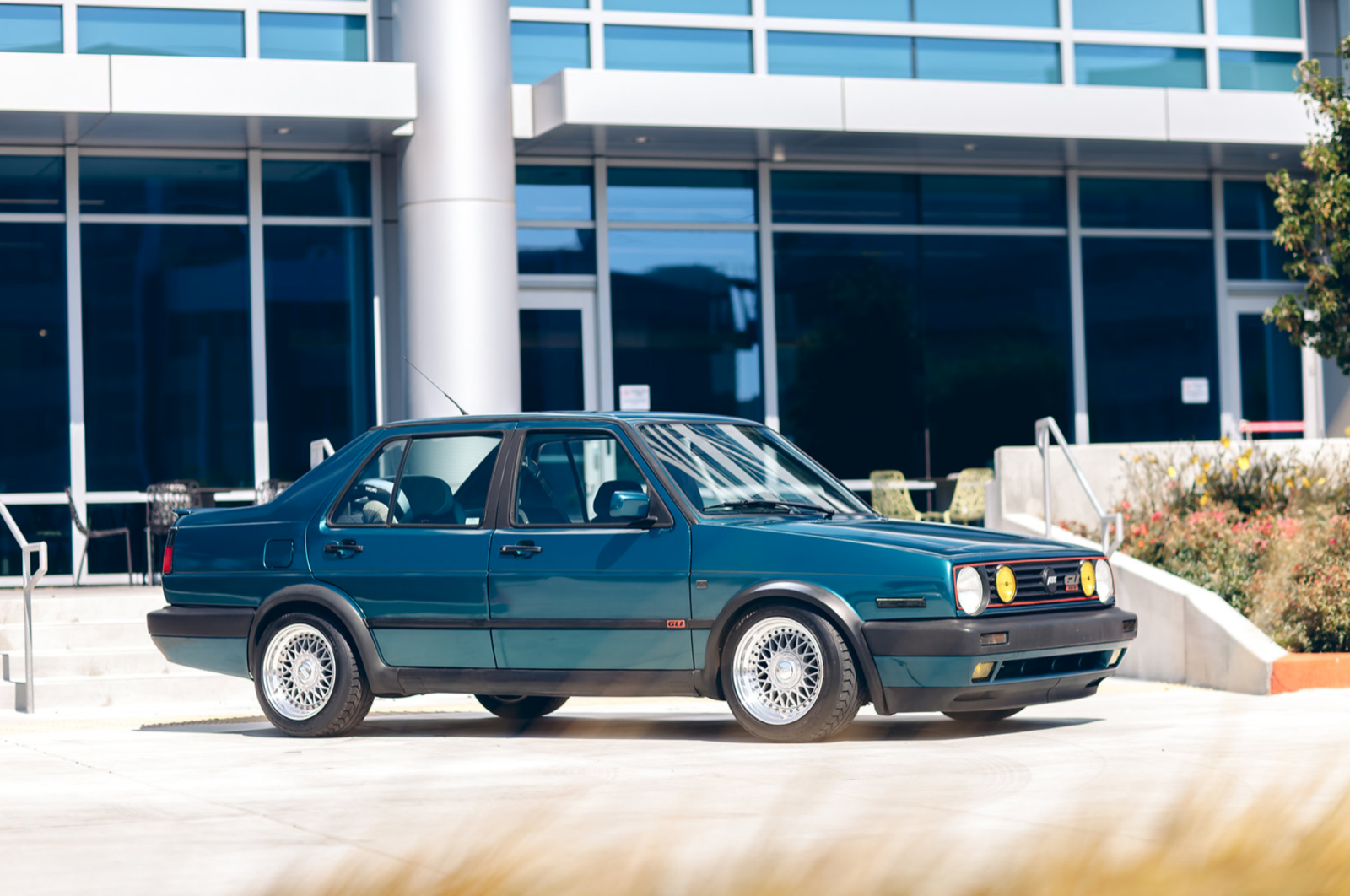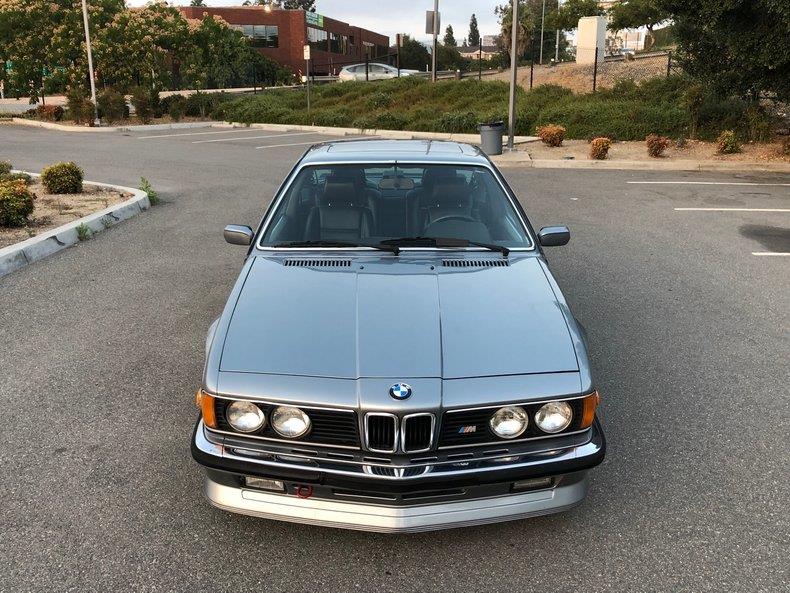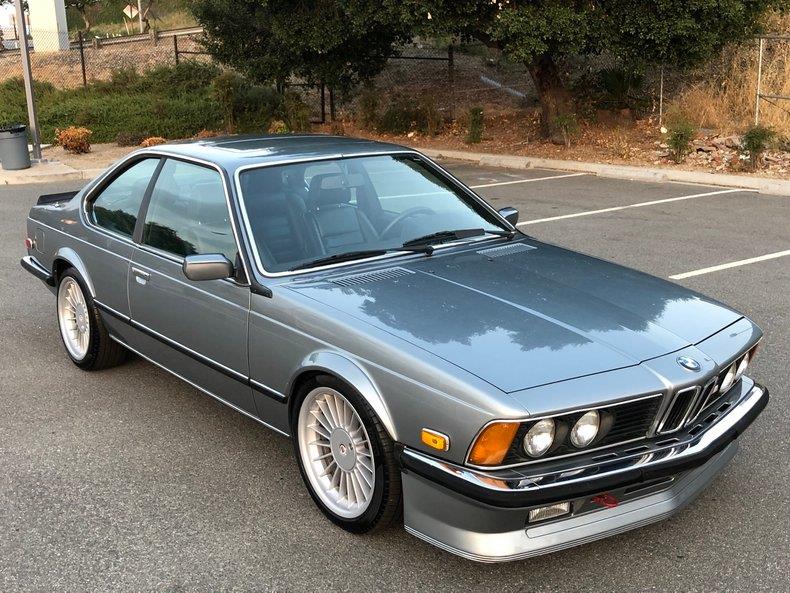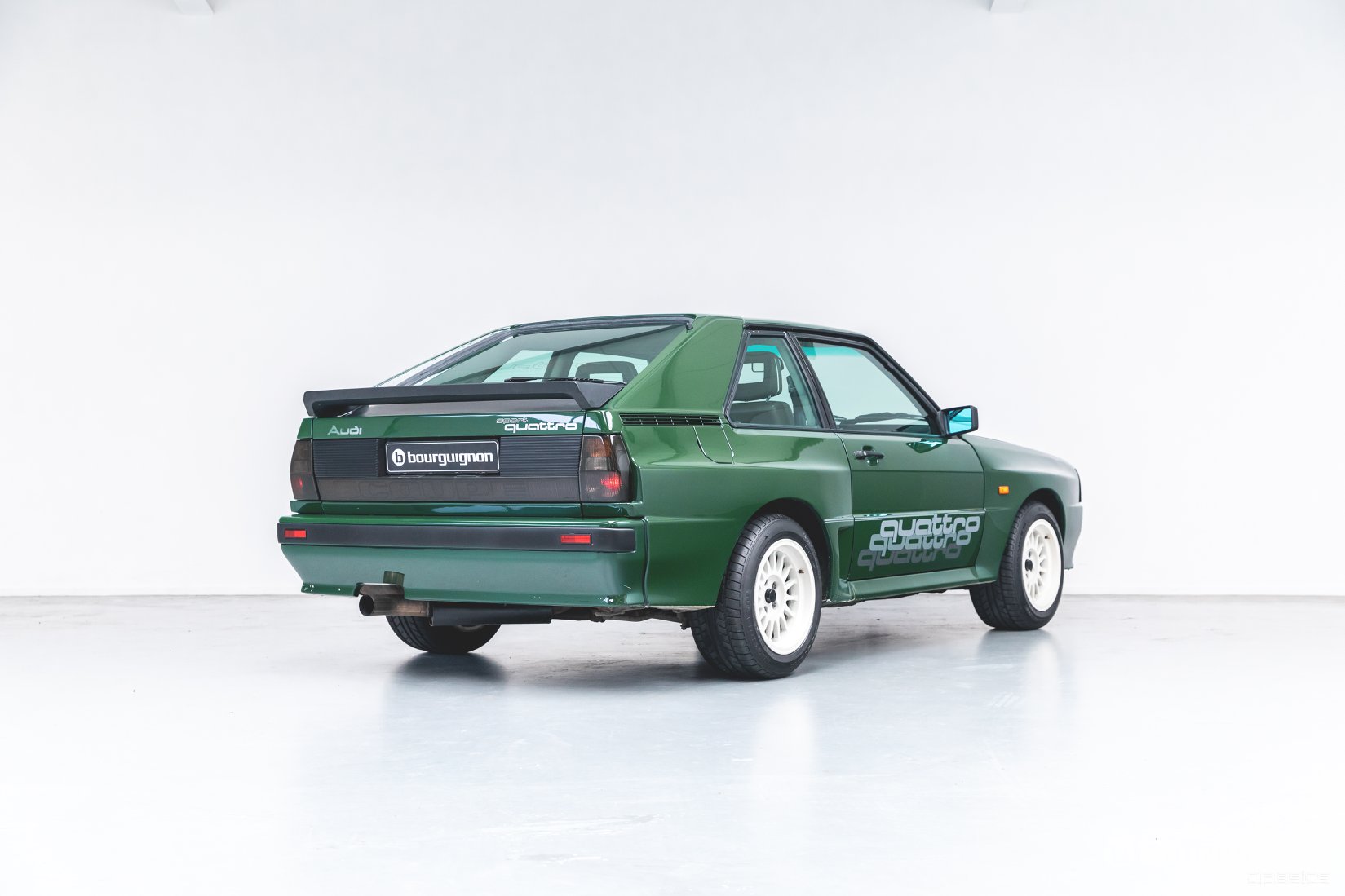
By 1984 the writing was on the wall, and the wild formula called Group B was mutating cars as if they had been supplied nuclear-tainted drinking water. Lancia went from the nutty but awesome and pretty 037 to the much nuttier, much less pretty but significantly faster Delta S4; a mid-engined turbocharged and supercharged all-wheel drive wonder. That matched Peugeot’s effort with the 205 Turbo 16, a mid-engined turbocharged and super-balanced all-wheel drive hatch. The competition was lighter and much better balanced than the Audi was, and all-wheel drive was no longer the trump card. The Audis had been fast but also a bit prone to understeer – something that won’t surprise anyone who has driven a 1980s Audi. Additionally, they were heavy compared to the competition even when fitted with special aluminum blocks instead of the road-going cast iron. One last complaint that the drivers had was that the windshield rake meant there was a tendency to have a large amount of glare that distracted the driver and navigators. Plus, Audi was at the limit of what it could develop reliably with the 10 valve turbo motor.
The response was the Sport. To drop weight, Audi chopped the best part of 13 inches out of the middle of the Quattro, making it a two-seater unless your passengers had no legs. They took the doors from the short-lived 4000/80 5+5 2-door and the windshield from the 4000/80, too – it was much more upright than the normal Coupe. The flares grew as well, another few inches in girth allowing now 9″ wide wheels with larger 235-45-15 tires. The body was made from carbon fiber and kevlar to help cut weight and was produced by noted special vehicle producer Baur in Stuttgart. And under the vented hood lay what would become the party piece; the 2.1 turbo motor now sporting 20 valves. The result was staggering in terms of road performance; in 1984, the Sport was the fastest accelerating road car you could buy to 60 m.p.h. at 4.5 seconds. Remarkably, 30 years on that would still be considered seriously fast. But it was the belching flames, the wail of the five cylinder and the wild slides that captured the imagination of the world. In rally trim, Audi saw a reported 600 horsepower from the monstrous S1 E2 depending on spec. On the road the Sport only saw half that output, but it also received a special interior to match the special exterior – heavily bolstered Recaro seats in special trim and a significantly revised dashboard with more gauges and a new readout. 214 of these special Quattros made it to the road at a somewhat staggering equivalent of $72,000 in 1984 – nearly double what the already expensive long-wheel base Quattro cost. As with all of the special homologation cars from Group B, the Sport was a truly special car then and is perhaps even more revered now:

